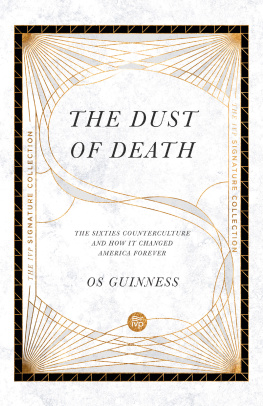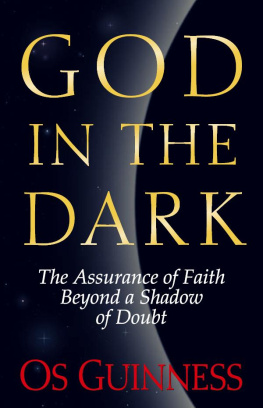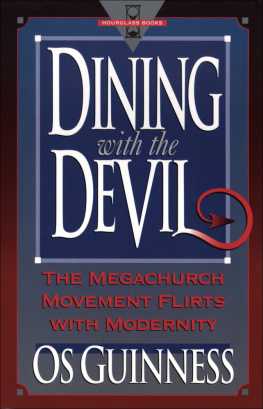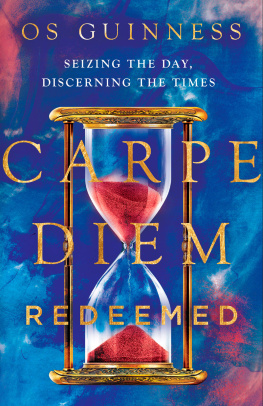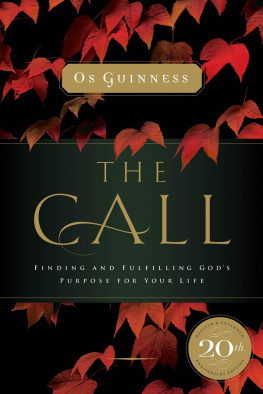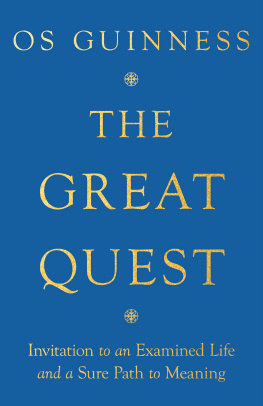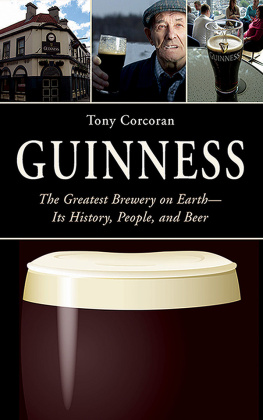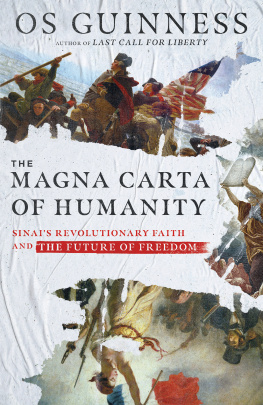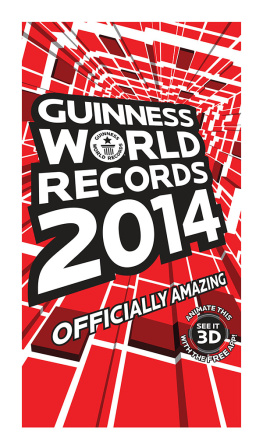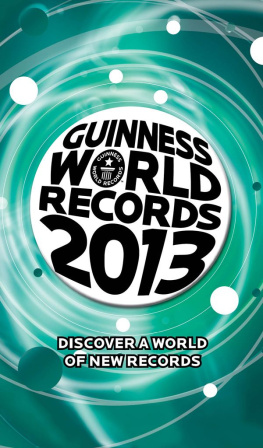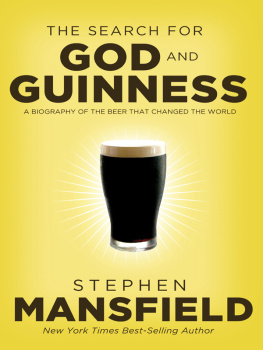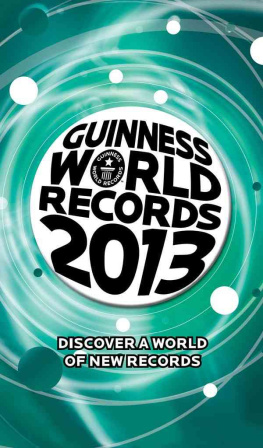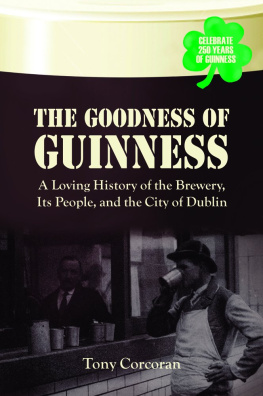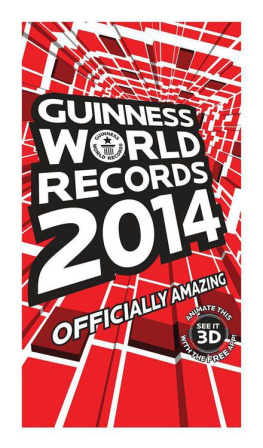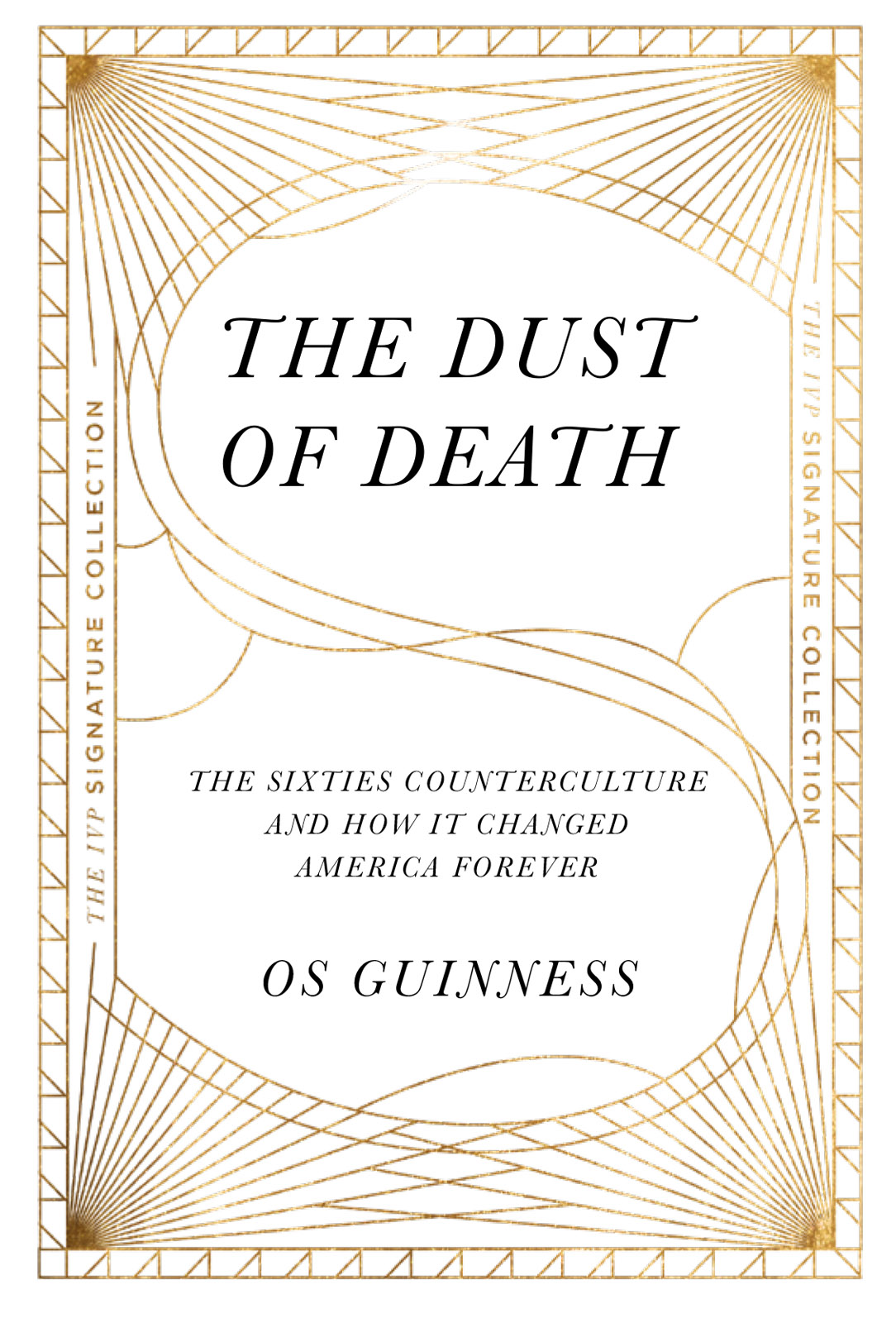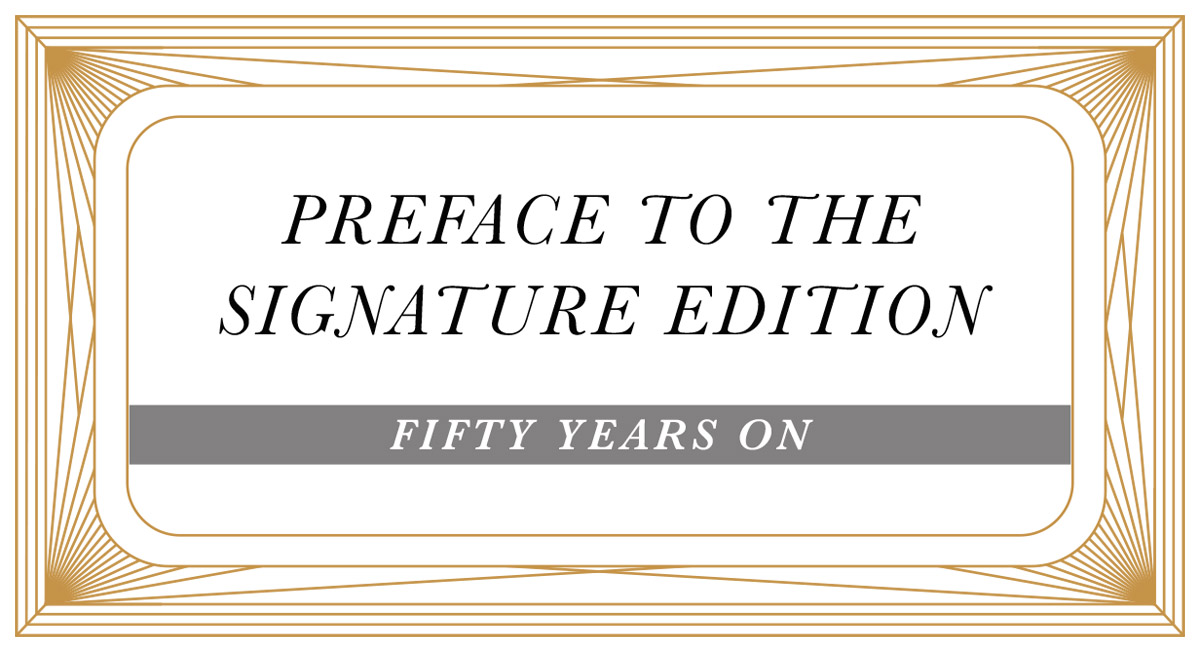Sommaire
Pagination de l'dition papier
Guide
InterVarsity Press
P.O. Box 1400, Downers Grove, IL 60515-1426
ivpress.com
email@ivpress.com
IVP Signature edition 2020 by Os Guinness
First edition 1973 by Inter-Varsity Christian Fellowship of the United States of America
Published in association with the literary agency of Wolgemuth & Associates.
All rights reserved. No part of this book may be reproduced in any form without written permission from InterVarsity Press.
InterVarsity Pressis the book-publishing division of InterVarsity Christian Fellowship/USA, a movement of students and faculty active on campus at hundreds of universities, colleges, and schools of nursing in the United States of America, and a member movement of the International Fellowship of Evangelical Students. For information about local and regional activities, visit intervarsity.org.
Unless otherwise indicated, Scripture quotations taken from the New English Bible, copyright Cambridge University Press and Oxford University Press 1961, 1970. All rights reserved.
While any stories in this book are true, some names and identifying information may have been changed to protect the privacy of individuals.
The Liberal Christ Gives an Interview by Adrian Mitchell is reprinted (on pages ) from Out Loud by permission of Cape Golliard Press, London.
The publisher cant verify the accuracy of website hyperlinks beyond the date of print publication.
Cover design and image composite: David Fassett
Images: glittering gold background: MirageC / Moment / Getty Images
marble pattern background: Alexey Bykov / iStock / Getty Images Plus
ISBN 978-0-8308-4924-6 (digital)
ISBN 978-0-8308-4859-1 (print)
This digital document has been produced by Nord Compo.
TO JENNY
who loves me and keeps pace with me
to a different drummer
I am deeply honored, though somewhat surprised, at the republication of The Dust of Death: The Sixties Counterculture and How It Changed America Forever. It was my first attempt at writing. To many people today, the 1960s are ancient history, and neither history nor the past registers strongly with the present-obsessed myopia of our time. Yet the past is always the key to the present, and the truth is that no one can understand the present crisis in the United States and the West without understanding the sixties. Paradoxically, it is even said now that the further we get from the sixties, the larger we can see that their cultural influence looms.
Western civilization is in decline, and its lead society, the American republic, is as deeply divided as at any time since just before the Civil War. But why? Is it simply a clash between the coastals (New York and California) and the heartlanders (the Midwest and the South), or between the nationalists and populists (President Trumps forgotten people) and the globalists (of the George Soros-like Western elites)? There are multiple causes of the deep and bitter polarization, but the deepest of all has been almost completely overlooked, and the sixties provided a massive thrust forward in its development. The ultimate source of the current divisions in America is between those who understand the Republic, and above all freedom, from the perspective of the American Revolution and those who understand the Republic and freedom from the perspective of the French Revolution and its heirs and their ideas.
Stop to reflect on ideas such as progressivism, postmodernism, political correctness, identity and tribal politics, multiculturalism, social constructionism, the sexual revolution, the recent rage for socialism, or the leftward drift of the Democrat party and many in the media. It quickly becomes clear that these ideas have little or nothing to do with 1776 and the American Revolution and its views of freedom. Rather, they are rooted in ideas that come directly or indirectly from 1789 and the French Revolution, and behind it the French Enlightenment and its later heirs such as Karl Marx, Friedrich Nietzsche, Antonio Gramsci, Wilhelm Reich, Herbert Marcuse, Saul Alinsky and Michel Foucault.
Hence the significance of the 1960s and its expression of the revolutionary faith that has flowed down from the French Enlightenment and the French Revolution. The seismic sixties, with their youthquake (Christopher Booker), the making of a counter culture (Theodore Roszak) and the greening of America (Charles Reich), was the decade when the radical ideas first broke through into mainstream American thinking and life. Even more importantly, the sixties were the years when many of the seeds of todays most radical ideas were sown, only to flower more recently in their most destructive forms.
ANNUS CALAMITOSUS
I was still in my twenties when I wrote The Dust of Death, a critique of the sixties counterculture, in 1971. I had been given six weeks off work to write the book, and I did so on a tiny kitchen table with a majestic Alpine view and with the unflagging support of my beautiful new bride, Jenny. Both the setting and the short time meant that the book could not hope to be scholarly, and it was never intended to be. My graduate studies at Oxford were to come later. The Dust of Death was more of a journalistic attempt to do justice to the immensity of what I had witnessed on my first visit to the United States in the autumn of 1968.
My family is Irish, but growing up as a boy in Nanking, the capital of post-war China, I had known Americans, and I have had many American friends for much of my life. My father rode a Harley Davidson, and numerous invitations to the American Embassy had introduced me to the world of hot dogs, hamburgers, popcorn and Hersheys chocolate. But nothing prepared me for the impact of my first visit to the US in 1968. That year was later described as Americas annus calamitosus. Like a knife-blade, Time magazines Lance Morrow wrote of 1968, the year severed past from future.
The horror of the My Lai massacre had been uncovered, Dr. Martin Luther King Jr. had been assassinated in April, Senator Robert Kennedy was killed in July, more than a hundred American cities were burning after the protests, Black Power salutes had been brandished at the Olympic Games, and the antiVietnam War movement was surging. In France in May, President Charles de Gaulles government had been brought to its knees by student-led radical protests, and many hoped that the same would happen in America to the administration of President Lyndon B. Johnson.
That trip in 1968 took me from the East Coast to the West Coast, taking in cities such as New York, Chicago, San Francisco and Los Angeles, visiting universities such as Harvard, Berkeley and Stanford, attending rock venues such as Fillmore West to hear Grace Slick and Jefferson Airplane, walking through Haight-Ashbury after its summer of love, meeting iconic figures such as Mario Savio, who had led the Free Speech Movement at Berkeleys Sproul Plaza in 1964, and coming across the still-smoldering racism of the Ku Klux Klan. In a manner hard to appreciate today, the air was crackling with radical ideas, outraged protests, intense discussions, brilliant music, and drug-laden evenings, and people still voraciously devoured books and debated them passionately. The decade that was always more than drugs, sex and rock-and-roll had already witnessed the stirring achievements of the Civil Rights movement, but far more subversive political victories were in the sights of the radicals, and the counterculture was widely hailed as carrying all before it.

